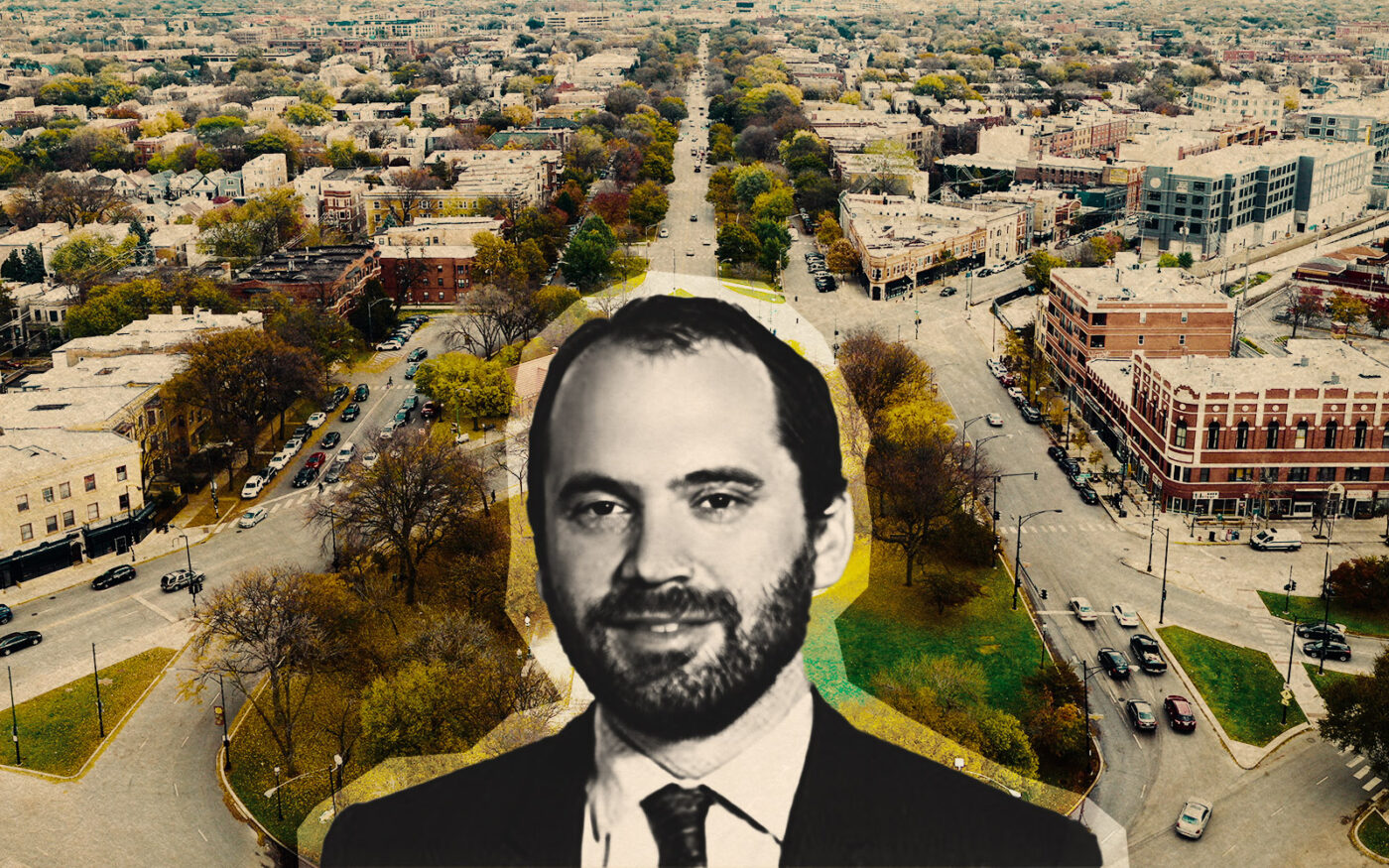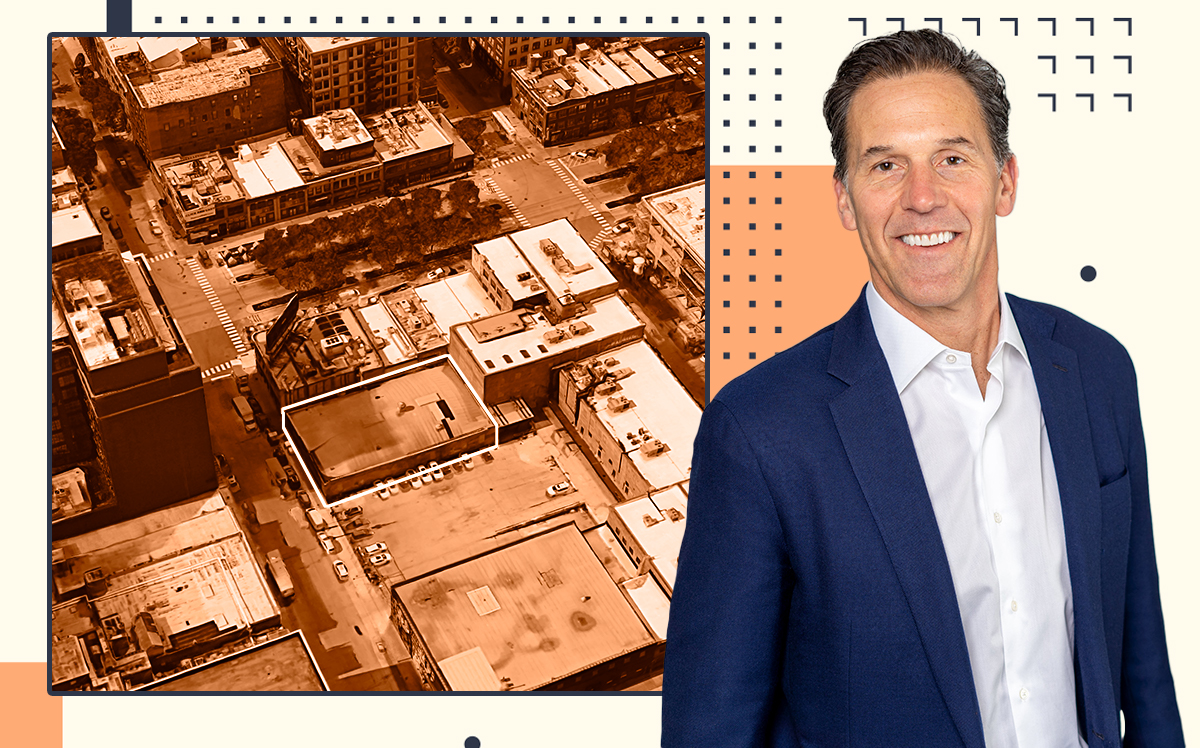
Trending
Here’s the Chicago neighborhoods losing affordable housing fastest
Avondale and Logan Square’s stock of affordable units fell 15.3% between 2012 and 2021

A shortage of affordable housing is prevalent throughout Chicago, and worsening most rapidly in the city’s North and Northwest Side neighborhoods.
In the Logan Square and Avondale areas, the number of affordable units fell by 15.3 percent, according to surveys conducted between 2012 to 2014 and again from 2019 to 2021, Block Club reported, citing a report from the DePaul Institute for Housing Studies. That marked the biggest margin of affordability loss among all Chicago neighborhoods.
West Town and the Near West Side ranked second, losing 14.6 percent of its affordable units during the same time period, followed by a 12.5 percent drop-off in Rogers Park and Uptown.
Logan Square and Avondale also lost 18.9 percent of their lower-income households between 2012-2014 and 2019-2021, while West Town and the Near West Side lost 14 percent of such households.
Chicago’s affordable housing supply declined about 15 percent between 2012 and 2021, and its number of people earning less than 80 percent of the area median income steadily fell during that stretch. Conversely, the number of very low-income residents rose during the pandemic.
The sharpest increase in affordability loss came between 2019 and 2021, when a plethora of multifamily properties traded hands. Many landlords then jacked up rental prices, making it even tougher for low-income renters to find housing.
“You see longtime property owners who have owned their properties for 20-plus years sell to a new owner. Each time one of those scenarios happen, it’s highly likely the new owner is going to raise the rent,” Geoff Smith, executive director of the DePaul Institute for Housing Studies, told the outlet. “Essentially, the new sale price is resetting the rents on that property.”
Gentrification has also contributed to the issue. Developers have embarked on high-end residential projects in historically disinvested areas, replacing market-rate and affordable housing with luxury options.
Simply building more complexes geared towards lower-income residents isn’t the answer, according to Smith. Instead, government officials must work to preserve the remaining low-cost apartments by either supporting landlords through programs that help pay for repairs and mitigate costs, or identifying landlords that are willing to keep rents affordable, he said.
“You aren’t going to build enough affordable housing to meet the demand,” Smith told the outlet. “You could build a lot of new housing that would take some pressure off the existing rental supply, but that takes time.”
— Quinn Donoghue
Read more







